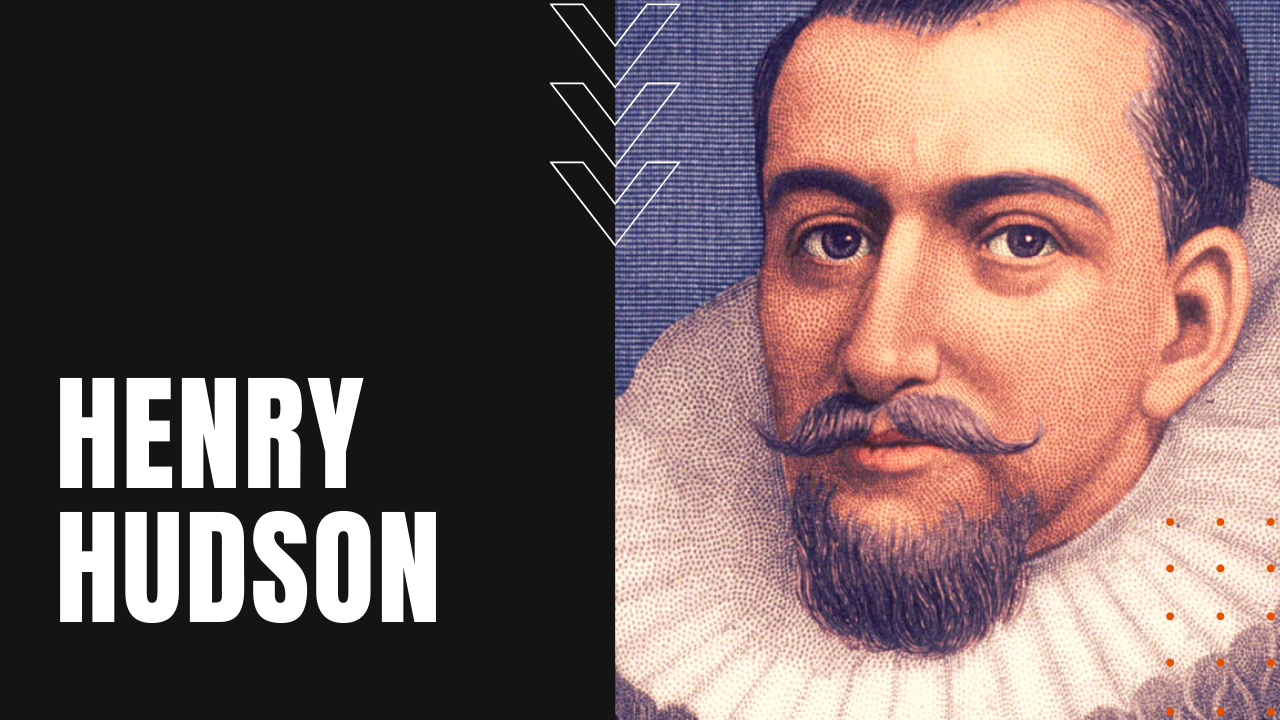Henry Hudson’s Explorations, Routes, and Navigation

Born sometime in the 1560s, Henry Hudson spent most of his life at sea, first as a cabin boy before working his way up to ship’s captain.
Northwest Route to Asia
In 1607, the Muscovy Company of England hired Hudson to find the rumored Northwest Passage to the Pacific coast of Asia. At the time, the English were engaged in an economic battle with the Dutch for control of northwest shipping routes, and it was believed that since the sun shone for three months straight during the summer months in northern latitudes, that a ship could manage a shortcut to Asia when the ice finally melted at the top of the world.
Exploring the east coast of Greenland with a ten-man crew and one cabin boy, icy conditions eventually forced Hudson to return to England empty-handed, although his report of large numbers of whales off Greenland provided the catalyst for whaling expeditions into the region by a number of seafaring nations.
Commissioned Routes to the Indies and Asia
In 1608, English merchants of the East India and Muscovy Companies again commissioned Hudson to locate a passage to the Indies, this time to the east around northern Russia, but again, icy conditions forced him into retreat. Yet again in 1609, Hudson was chosen by merchants of the Dutch East India Company to find an easterly passage to Asia.
When ice again thwarted his instructed route, Hudson pointed his ship west, seeking a passage through North America. After pillaging a small native village of fur traders in Nova Scotia, Hudson sailed south into the mouth of the Chesapeake and Delaware Bays, before sailing up the Hudson River past present-day New York City. His voyage would later be used to establish Dutch claims to the region, colonizing New Amsterdam on Manhattan Island in 1625.
Hudson’s Final Discovery
Hudson’s final voyage in 1610 was funded by the Virginia Company and the British East India Company aboard his new ship Discovery. After setting sail from England, on June 25th, the explorers reached what is now the Hudson Strait on the northern tip of Labrador.
Excitement was high on August 2nd, when Discovery entered Hudson Bay, for the crew firmly believed that at long last Hudson had found the Northwest Passage through the North American continent. Hudson spent the following months mapping and exploring the eastern shores of Canada, but in the end, Hudson failed to find his elusive passage to the Orient.
In November, however, the ship became hopelessly trapped in ice at James Bay, forcing the crew to move ashore for the winter. When the ice melted in the spring of 1611, most of the crew mutinied, setting Hudson, his son John and seven other Hudson loyalists adrift in a small open boat.
After a herculean effort to row behind the departing ship, Hudson and his men collapsed in exhaustion, never to be heard from again.
